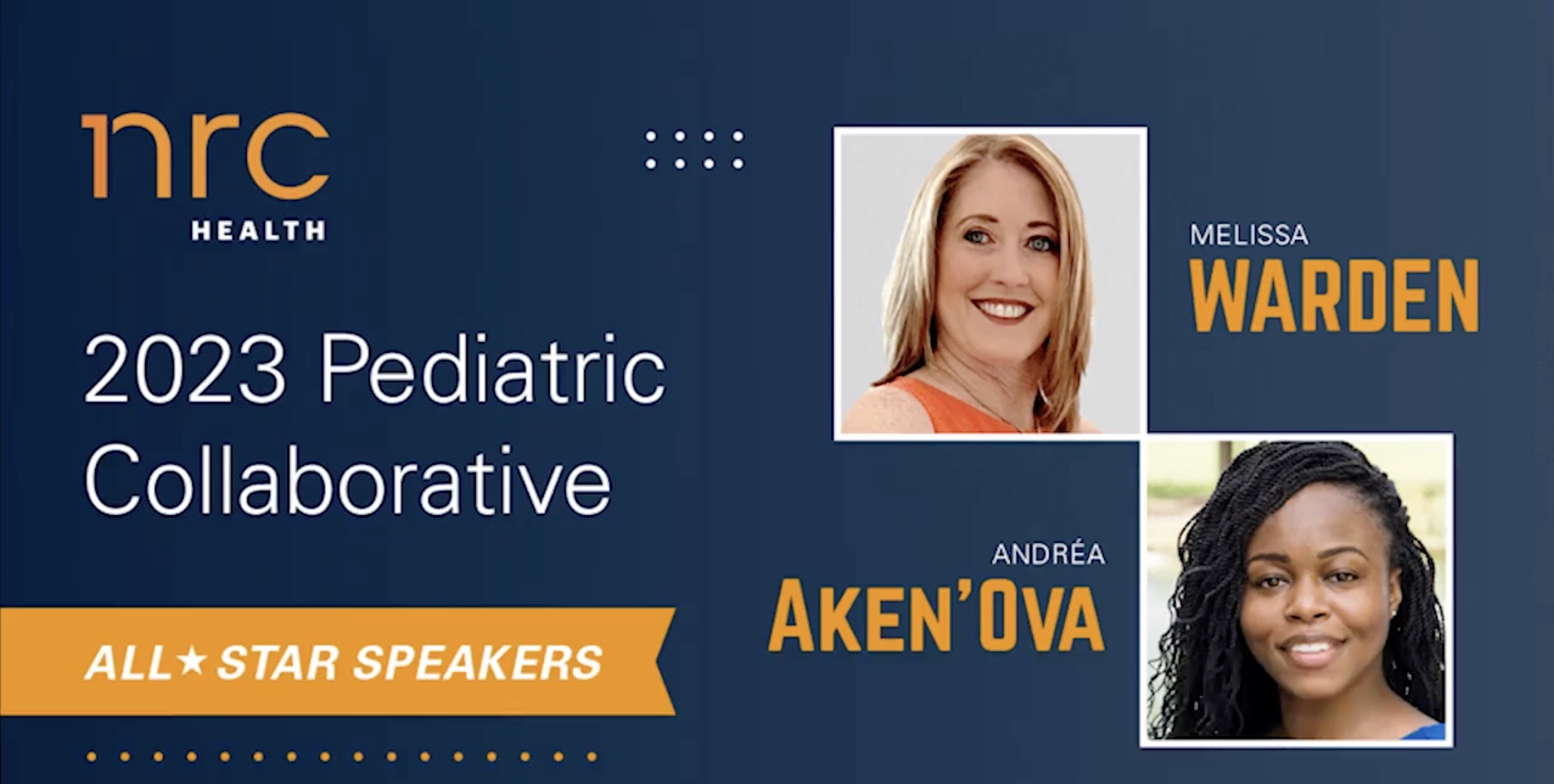Building infrastructure to support the patient experience along the way

Building infrastructure to support the patient experience along the way
Patient experience can lead to increased patient loyalty, positive word-of-mouth, and improved patient outcomes—not to mention a productive workforce. But for a health organization that is only 40 years old—in a market that happens to be the fifth-largest in the nation—Phoenix Children’s is focused first on providing access to care and places to provide that care. Initially, infrastructure took a backseat—and that included patient experience.
In a presentation during the recent NRC Health 2023 Pediatric Collaborative, Melissa Warden, Vice President of Clinical Operations at Phoenix Children’s, says that in 2021, they began trying to think of themselves as a system, and that’s when they received their endorsement of an organizational five-year plan.
“We have strong brand awareness and recognition and a good reputation, and we aren’t struggling with our scores, but we would say they were about average,” says Warden. “There’s an opportunity for us to grow in that space as we put some infrastructure behind us. We really wanted to create a consistently exceptional experience across our system.”
To do so, Phoenix Children’s started a gap analysis to develop a strategic framework viewing patient-family-centered care and PX through the eyes of the customer. They used the Beryl Institute Experience Framework to evaluate their current state each year, focusing on environment and hospitality; patient, family, and community engagement; quality and clinical experience, innovation and technology, policy and measurement, culture and leadership, infrastructure and governance, and staff and provider engagement.
Next, they identified strategic opportunities in each service area, for example:
- Environment and Hospitality (Evaluate physical spaces for contributions to the healing process)
- Patient, Family, Community Engagement (Develop strategies to improve communication, collaboration, and coordination of care and to integrate key patient- and family-support services across the system)
- Innovation and Technology (Explore innovative strategies to expand entertainment solutions and uncomplicate scheduling, billing, and wayfinding)
- Culture and Leadership (Create strategic alignment around patient-experience priorities across the system)
- Staff and Provider Engagement (Train and expose staff to PFCC best practices and develop strategies to stay connected to the mission)
Much of the work accomplished in 2020–2022 built the foundation for where they are now. Heading into Year 4 of their five-year strategic plan, here are some insights Phoenix Children’s leaders shared:
- Be patient but proactive
- Leverage other organizational priorities
- Focus on aligned strategy, no individual initiatives
- Leverage people’s passions for your mission
- Have a plan dedicated to providers
- Give committees clear mandates and guardrails
- Utilize the NRC Health team as a core partner
- Just keep swimming!
What helped Phoenix Children’s accelerate its infrastructure and process improvements was having a patient-experience executive committee comprising executive leadership, a patient-family advisor, a medical director, PX, cross-functional operational leaders, a director, and a Patient Family Centered Chair. That committee had multiple subcommittees reporting to them on education, projects, NRC Health data, and recognition. Ultimately, Phoenix Children’s moved from initiatives to an aligned strategy. This alignment has allowed them to define their “strategic true north” to consistently deliver exceptional care experiences, which have included service expectations, measurement tools, and performance improvement.
“The big thing when it comes to infrastructure is, we know our leaders and our staff want to support patients and families,” says Andréa Aken’Ova, Director of Patient and Family Centered Care. “They want to have the tools to guide patients and families through a difficult time or navigate whatever’s going on. This infrastructure is focused on how we create the tools that allow them to do that, realizing we don’t have a bench. We don’t have patient advocates; we don’t have any dedicated people in this space who can pick up that mantle for them or walk them through that process. This is why we need robust tools and processes that they can rely on to support them and our patients and families.”
To provide the tools and process they needed, Phoenix Children’s defined service expectations by capturing, synthesizing, and communicating the staff and physician behaviors that reflect patient and family-centered care. Next, they worked on communicating those service expectations through training, which includes defining what service standards and service recovery mean to Phoenix Children’s, representing the specific behaviors and actions staff should deploy to ensure they were delivering family-centered care.
Phoenix Children’s Services Standards are defined as such: When we place children and families at the center of all we do, we show families WE CARE.
Welcome Engage Collaborate Assist Respect Empower
From there, each value is explained in detail to the staff. For example, Phoenix Children’s shows respect to patients and families when:
- They respect the unique differences of each patient and family, and families feel respected
- They assess and respond to situations in a family’s preferred communication style, and families feel heard
- They ask families about their needs, and families feel valued
- They avoid judgment and personal bias in their interactions, and families feel safe
Next, Phoenix Children’s aligned measurement tools so they could develop patient-experience data tools, expectations, and processes to ensure visibility, meaningful use, and a common understanding of patient and family feedback. To ensure that everyone was aligned, they provided communication on performance priorities through training on NRC Health portal access, NRC Health service alerts, and provider summaries.
“We know that to continue to move the curb, we have to have this iterative feedback loop, which means that people have to know when they’re doing well, and they need to connect what they’re doing to the impact it has on patients and families,” Aken’Ova says. “And they do that when we recognize them for doing it.”
Click here to learn more from the NRC Health 2023 Pediatric Conference about how Phoenix Children’s facilitates performance improvement and prioritizes recognition.


